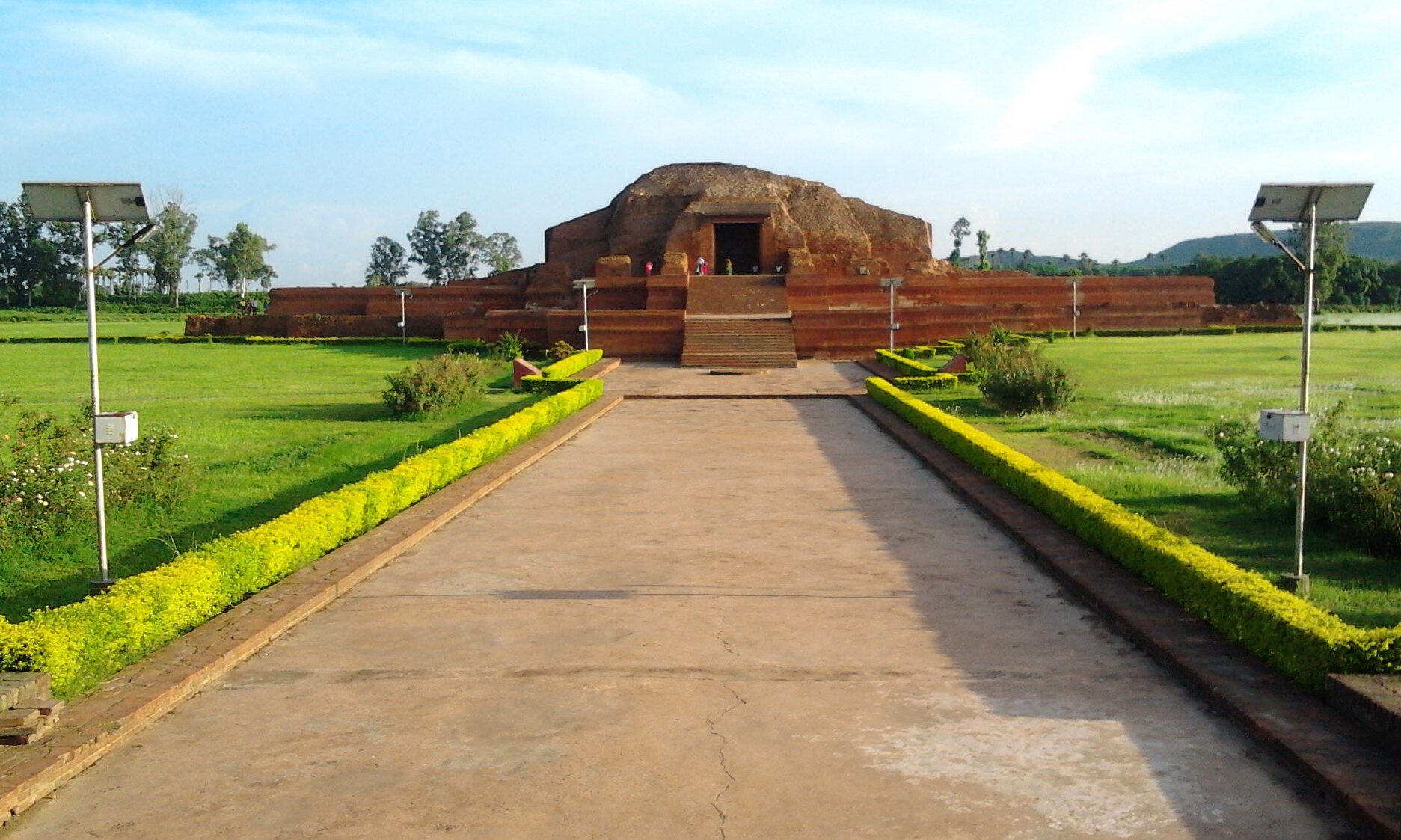तिल संक्रांत (Makar Sankranti / Til Sankranti / Tilba Parab)
A festival of sweet preparation of chewra, dahi, tilkut,laduwa and tilba celebrated in Ang - Pradesh as Til - Sankranti.
Makar Sankranti is also observed as a festival among certain classes. On this occasion, the participants and believers eat rice flakes, curd and sweets made of til. Also known as Tila Sankranti, the festival marks the beginning of the summer season. People believe that from this day on, the days become longer and the heat of the sun also increases. Every year it is observed on the 14th of January. People celebrate it by giving offerings to the poor.
Read more
about तिल संक्रांत (Makar Sankranti / Til Sankranti / Tilba Parab)



















